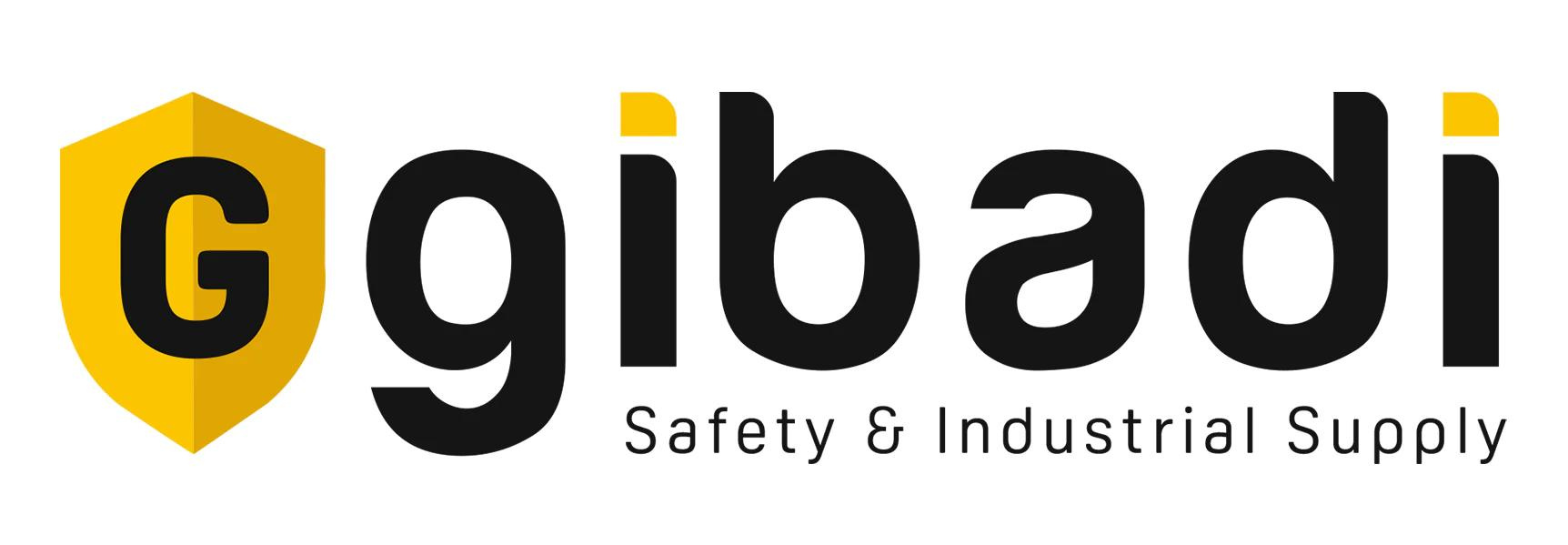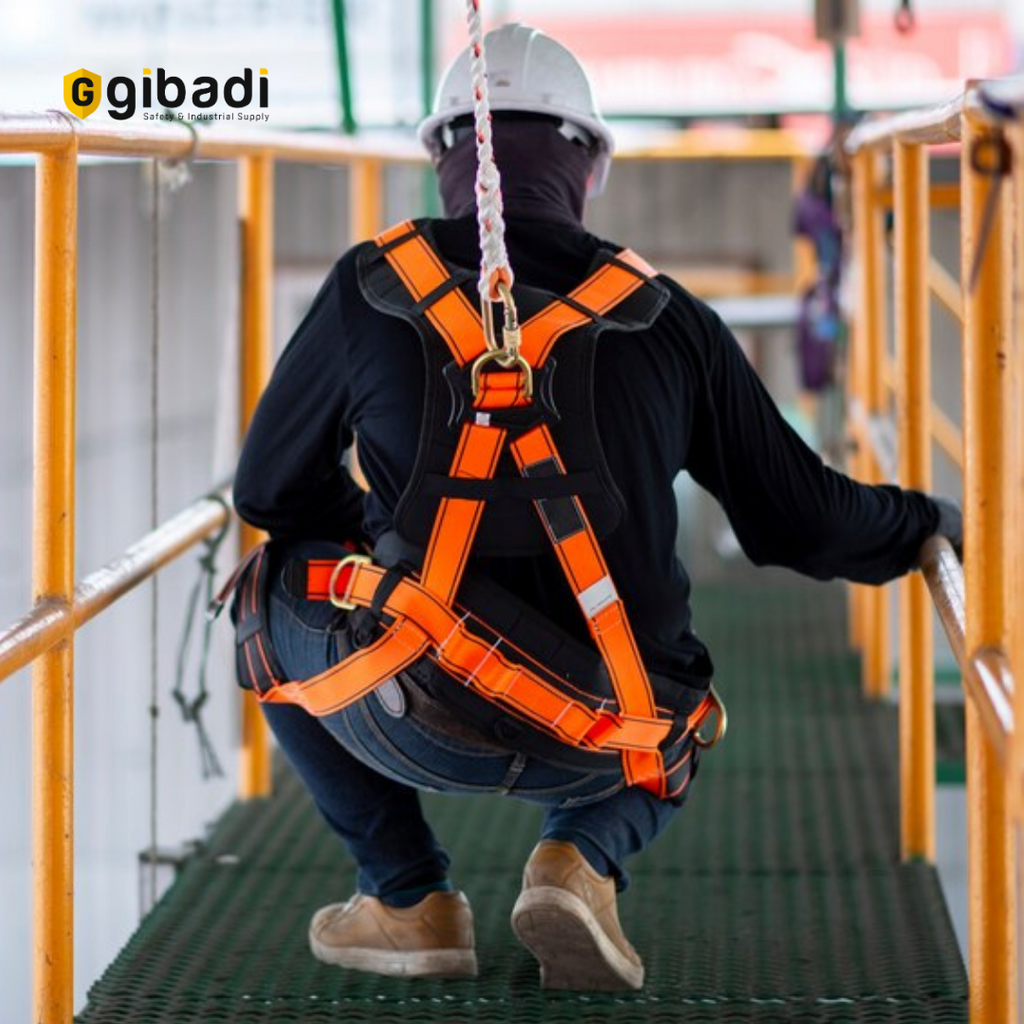How to Use Body Harnesses for Safety and Comfort
Body harnesses are a type of personal protective equipment (PPE) that are designed to protect workers from falls, injuries, and hazards in various work environments. They consist of straps, buckles, and attachments that fit around the torso, shoulders, legs, and waist of the wearer. Body harnesses can be used in conjunction with other PPE, such as helmets, gloves, and boots, to provide a comprehensive protection system.
Body harnesses are especially useful for workers who perform tasks at heights, such as construction, roofing, scaffolding, window cleaning, and tree trimming. They can also be used for workers who operate in confined spaces, such as tunnels, mines, sewers, and tanks. Body harnesses can prevent workers from falling or getting stuck in dangerous situations, and can also help with rescue operations if needed.
However, body harnesses are not effective if they are not used properly. Improper use of body harnesses can result in serious injuries or even death. Therefore, it is important to follow some basic guidelines when using body harnesses for safety and comfort.
Choose the Right Body Harness for Your Job
Not all body harnesses are the same. Different types of body harnesses have different features and functions that suit different work scenarios. For example, some body harnesses have padding, ventilation, or reflective materials to enhance comfort and visibility. Some body harnesses have multiple attachment points to allow for different configurations and movements. Some body harnesses have special accessories, such as tool belts, lanyards, or shock absorbers, to facilitate work efficiency and safety.
Therefore, before using a body harness, you should consult the manufacturer’s instructions and specifications to determine the best body harness for your job. You should also check the label and markings on the body harness to verify its compliance with relevant standards and regulations.
Inspect Your Body Harness Before Each Use
Body harnesses are subject to wear and tear over time. Damaged or defective body harnesses can compromise your safety and put you at risk of falling or injury. Therefore, you should inspect your body harness before each use to ensure that it is in good condition and functioning properly.
You should look for any signs of damage or deterioration on the straps, buckles, attachments, stitching, and hardware of the body harness. You should also check for any dirt, oil, grease, or chemicals that may affect the performance of the body harness. You should test the fit and function of the body harness by adjusting the straps and buckles to your size and preference. You should also test the connection and compatibility of the body harness with other PPE and equipment that you will use.
If you find any defects or problems with your body harness, you should not use it until it is repaired or replaced by a qualified person. You should also report any incidents or accidents that involve your body harness to your supervisor or employer.
Wear Your Body Harness Correctly and Comfortably
Wearing your body harness correctly and comfortably is essential for your safety and productivity. A poorly fitted or worn body harness can cause discomfort, fatigue, restricted movement, or even injury. Therefore, you should follow these steps when wearing your body harness:
- Put on your body harness like a jacket or vest. Make sure that the back D-ring is centered between your shoulder blades.
- Fasten the chest strap across your chest. Adjust it to a comfortable height and tightness.
- Fasten the leg straps around your thighs. Adjust them to a snug but comfortable fit.
- Fasten the waist belt around your waist if your body harness has one. Adjust it to a comfortable position and tightness.
- Connect your body harness to a suitable anchorage point or lifeline using a compatible connector or lanyard. Make sure that there is no slack or excess length in the connection.
- Check your body harness for any twists, tangles, or loose ends. Make sure that all straps and buckles are securely fastened and aligned.
- Perform a final inspection of your body harness and equipment before starting work.
Maintain Your Body Harness After Each Use
Maintaining your body harness after each use is important for prolonging its lifespan and performance. A dirty or poorly stored body harness can degrade over time and lose its effectiveness. Therefore, you should follow these steps when maintaining your body harness:
- Clean your body harness after each use with mild soap and water. Do not use harsh chemicals or solvents that may damage the materials or components of the body harness.
- Dry your body harness thoroughly before storing it. Do not expose it to direct sunlight or heat sources that may cause fading or cracking.
- Store your body harness in a cool, dry, and ventilated place. Do not fold or compress it excessively. Avoid contact with sharp objects or corrosive substances that may cut or corrode the body harness.
- Follow the manufacturer’s recommendations for periodic inspection and replacement of your body harness.
Conclusion
Body harnesses are a vital piece of PPE that can protect you from falls, injuries, and hazards in various work environments. However, to use them effectively, you need to choose the right body harness for your job, inspect it before each use, wear it correctly and comfortably, and maintain it after each use. By following these guidelines, you can ensure your safety and comfort while using body harnesses.
If you are looking for high-quality and affordable body harnesses and other PPE, you can visit our website at Gibadi. We are a leading online platform that offers a wide range of PPE and industrial supplies for various sectors and industries. We also provide fast delivery, secure payment, and excellent customer service. Browse our catalog today and find the best body harnesses and PPE for your needs.














